Description
Latin Name : Urtica Dioica
Origin Country: Albania
Stinging nettle, or Urtica dioica, is a common plant that grows in the United States, Canada, and Europe. It primarily grows in damp, fertile soil.Thiw herb contain a range of other chemicals that can affect humans, including acetylcholine and serotonin.
Stinging nettle is a popular herbal remedy with many uses, ranging from reducing arthritis pain to treating seasonal allergies.Here are some of the most important benefits:
- Nettle is a diuretic : Nettle tea affects the kidneys directly. It increases urine output and removal of uric acid. Thus it can be useful for edema, inflammatory arthritis or gout.
- Nettle Tea for Allergies: Hay fever affects millions of people, and nettle tea is effective in controlling the itching and sneezing typically associated with it.Nettle tea is a good alternative for people with sensitivities.
- Nettle Tea for Hair Growth and Skincare: herbalists use nettle for hair growth, claiming the silica in nettles strengthens hair and nails and other properties improve circulation and reduces shedding. When nettle included in a topical ointment or even ingested as a tea, nettle may have anti-inflammatory and analgesic effects for skin problems like eczema or rashes.
- Nettles for Weight Loss: Nettle with its cleansing properties may help shed the pounds by effectively ridding the body of unwanted metabolic waste. The reduction of stored waste in muscle tissue and throughout the lymphatic system allows your body to function more productively.



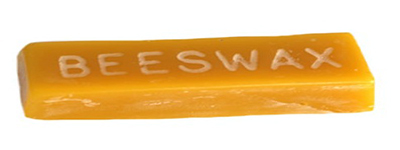




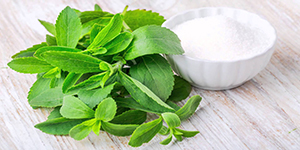

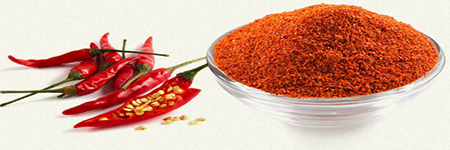
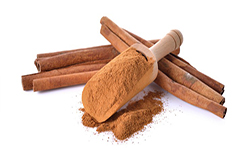
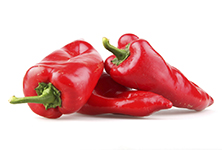
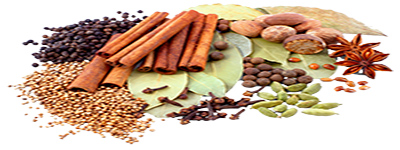




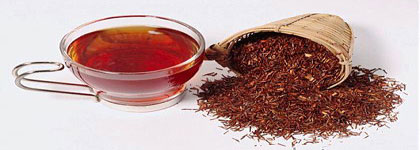

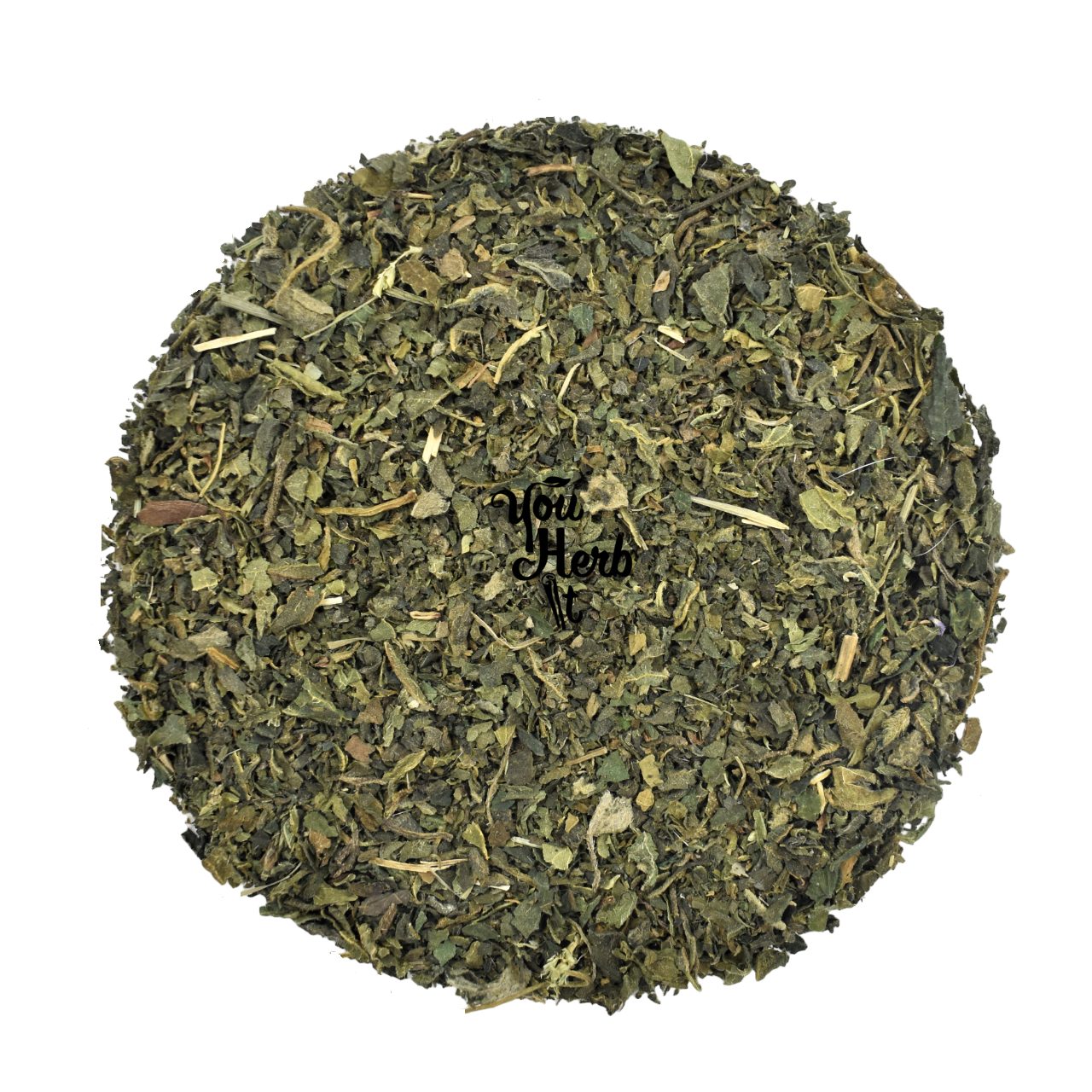
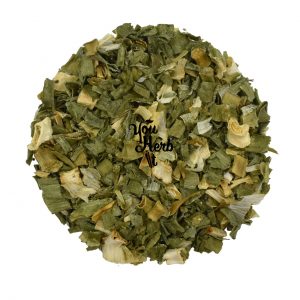
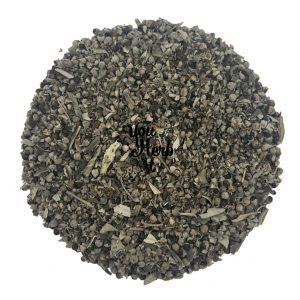
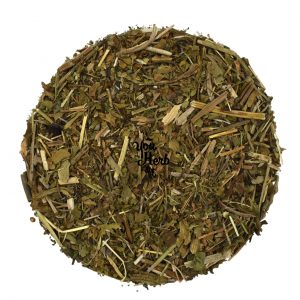
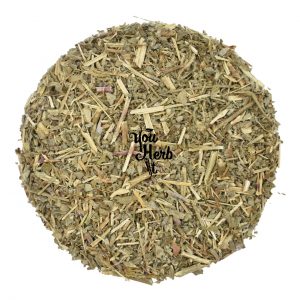
Reviews
There are no reviews yet.